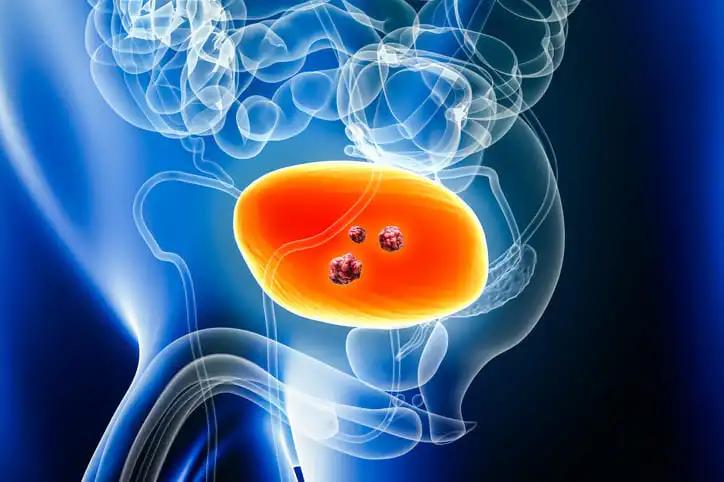KEY TAKEAWAYS
- The study aimed to evaluate the prognostic significance of residual tumor at reTUR in patients with NMIBC.
- Results showed ReTUR should remain standard for T1 tumors but can be safely omitted in high-grade Ta cases.
Alexandre Guigui and the team aimed to evaluate the prognostic significance of residual tumor at reTUR in patients with contemporary non-muscle-invasive bladder cancer (NMIBC).
Patients were retrospectively identified from 8 referral centers in France, Italy, and Spain. The cohort comprised consecutive individuals with high- or very-high-risk NMIBC who underwent reTUR and subsequent adjuvant BCG therapy.
Results showed that 440 patients with high-risk NMIBC were screened, with 29 (6%) upstaged to ≥ T2 at reTUR, and 411 analyzed (T1 stage: 275, or 67%). Residual tumor was found in 191 cases (46%). Persistent T1 tumor was identified in 18% of reTUR cases with initial T1 tumors (49 of 275) and in 6% of cases with high-grade Ta tumors on initial TURBT (9 of 136).
Multivariable logistic regression found no statistical link between photodynamic diagnosis (PDD, P= 0.4) or resection type (conventional vs. en bloc, P= 0.6) and the risk of residual tumor.
The estimated 5-year recurrence and progression-free survival (PFS) rates were 56% and 94%, respectively. Residual tumor was significantly associated with a higher recurrence risk (P< 0.001) but not with progression (P= 0.11). Only residual T1 tumor was linked to a higher progression risk (P< 0.001), with a 76% estimated 5-year PFS rate.
The study concluded that reTUR should remain a standard procedure for T1 tumors, regardless of whether en bloc resection or PDD is used, but can be safely omitted in high-grade Ta tumors. Persistent T1 tumors at reTUR should not disqualify patients from conservative management, and additional research is needed to assess the benefits of a third resection in this group.
No funding was provided.
Source: https://pubmed.ncbi.nlm.nih.gov/39133324/
Guigui A, Basile G, Zattoni F, et al. (2024). “Prognostic significance of residual tumor at restaging transurethral bladder resection in high-risk non-muscle-invasive bladder cancer.” World J Urol. 2024;42(1):480. Published 2024 Aug 12. doi:10.1007/s00345-024-05192-x



